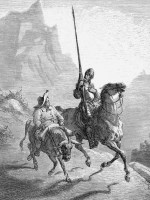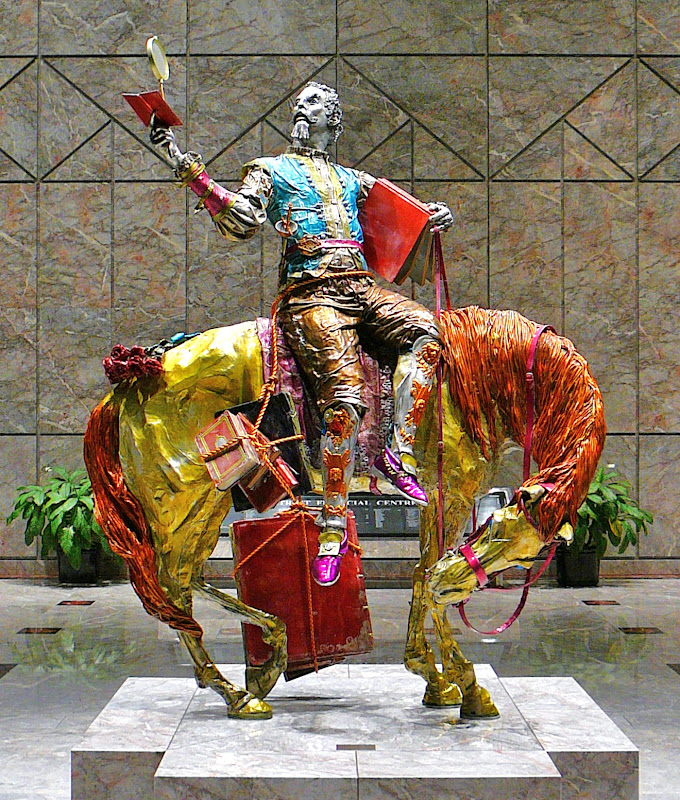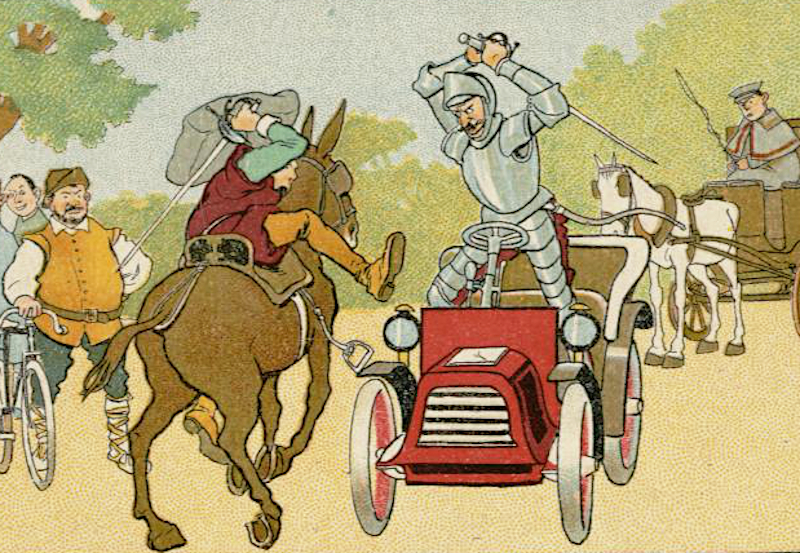Meanderer
Supreme Member
A Challenge - Read 'Don Quixote' in Spanish
"This greatest of all literary works to come out of Spain, written by Miguel de Cervantes some 400 years ago, is a challenge to read even in English translation because of its sheer size. Reading it in its original language will definitely tax your abilities. But assuming you've advanced far enough in your studies to tackle it, you will be richly rewarded".
"The story of that maddened gentleman, the would-be knight Don Quixote, and his hapless "squire" Sancho Panza, brims with humor and rollicking adventure. It is the original buddy story and road trip tale rolled into one".
"Reading Don Quixote in Spanish will impress you with the full magnificence of the original language. You will have to navigate through some archaisms -- words and sentence constructions that you won't encounter in modern Spanish -- but they are not so many as to constitute a barrier to enjoying the book".
"The complete text is available on the Web; just do a search on "Don Quixote in Spanish." Project Gutenberg has it in plain text format. The site issuu.com has an online version that is formatted more like an actual book. Fusion-ebook.com offers a free bilingual edition (English and Spanish side-by-side). At cervantesvirtual.com you can hear an audio rendition of the book".
Read more
"This greatest of all literary works to come out of Spain, written by Miguel de Cervantes some 400 years ago, is a challenge to read even in English translation because of its sheer size. Reading it in its original language will definitely tax your abilities. But assuming you've advanced far enough in your studies to tackle it, you will be richly rewarded".
"The story of that maddened gentleman, the would-be knight Don Quixote, and his hapless "squire" Sancho Panza, brims with humor and rollicking adventure. It is the original buddy story and road trip tale rolled into one".
"Reading Don Quixote in Spanish will impress you with the full magnificence of the original language. You will have to navigate through some archaisms -- words and sentence constructions that you won't encounter in modern Spanish -- but they are not so many as to constitute a barrier to enjoying the book".
"The complete text is available on the Web; just do a search on "Don Quixote in Spanish." Project Gutenberg has it in plain text format. The site issuu.com has an online version that is formatted more like an actual book. Fusion-ebook.com offers a free bilingual edition (English and Spanish side-by-side). At cervantesvirtual.com you can hear an audio rendition of the book".
Read more



















